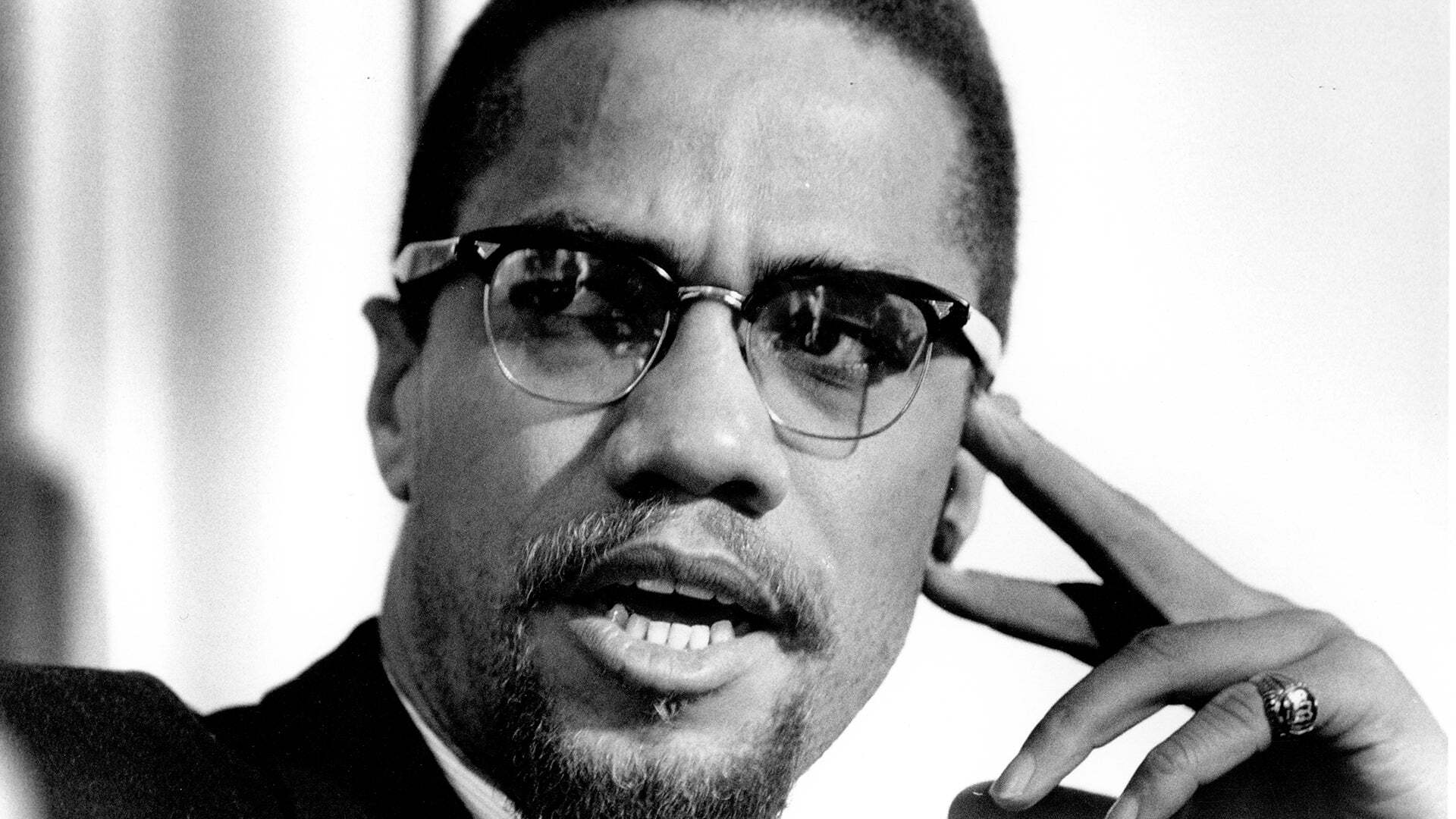
Malcolm X, a prominent figure in the civil rights movement, met a tragic end on February 21, 1965. His assassination left a significant mark on American history. But what exactly happened on that fateful day? Malcolm X was assassinated while giving a speech at the Audubon Ballroom in New York City. Three men, members of the Nation of Islam, were convicted of his murder. The event shocked the nation and sparked numerous conspiracy theories. Understanding the details surrounding his death helps us grasp the complexities of his life and the turbulent era he lived in. Dive into these 18 facts to uncover the truth behind Malcolm X's assassination.
The Day of the Assassination
Malcolm X, a prominent figure in the Civil Rights Movement, met a tragic end on February 21, 1965. His assassination shocked the nation and left many questions unanswered.
- Malcolm X was preparing to address the Organization of Afro-American Unity at the Audubon Ballroom in Manhattan.
- The event was attended by around 400 people, including his wife, Betty Shabazz, and their children.
- Just before he began speaking, a disturbance broke out in the audience, diverting attention.
The Attackers
The identity and motives of the attackers have been subjects of intense scrutiny and debate.
- Three men were involved in the assassination: Talmadge Hayer, Norman 3X Butler, and Thomas 15X Johnson.
- All three were members of the Nation of Islam, an organization Malcolm X had publicly broken ties with a year earlier.
- Talmadge Hayer was caught at the scene, while Butler and Johnson were arrested later.
The Fatal Shots
The manner in which Malcolm X was killed has been meticulously documented.
- Malcolm X was shot 21 times at close range with a shotgun and handguns.
- The first shot, a shotgun blast, was fired by Hayer, hitting Malcolm X in the chest.
- The subsequent shots were fired by Butler and Johnson, ensuring his death.
Immediate Aftermath
The moments following the assassination were chaotic and filled with confusion.
- Malcolm X was rushed to Columbia Presbyterian Hospital but was pronounced dead on arrival.
- The police quickly apprehended Hayer, who had been subdued by the crowd.
- The Audubon Ballroom was immediately sealed off as a crime scene.
Legal Proceedings
The legal process that followed was lengthy and controversial.
- Hayer initially denied involvement but later confessed, implicating Butler and Johnson.
- Despite Hayer's confession, Butler and Johnson maintained their innocence.
- All three were convicted of first-degree murder in 1966 and sentenced to life in prison.
Conspiracy Theories
The assassination of Malcolm X has given rise to numerous conspiracy theories.
- Some believe the FBI and NYPD were involved, citing COINTELPRO, a covert FBI program aimed at surveilling and disrupting civil rights organizations.
- Others suggest internal conflicts within the Nation of Islam led to the assassination.
- In 2021, two of the convicted men, Butler and Johnson, were exonerated after new evidence emerged, casting further doubt on the official narrative.
Reflecting on Malcolm X's Legacy
Malcolm X's assassination on February 21, 1965, left an indelible mark on history. His journey from a troubled youth to a prominent civil rights leader showcases resilience and transformation. Despite his untimely death, Malcolm X's ideas on racial pride, self-defense, and human rights continue to inspire. His speeches and writings remain relevant, urging us to confront systemic injustices.
Understanding the circumstances of his assassination, including the involvement of the Nation of Islam and the subsequent investigations, sheds light on the complexities of his life and the era he lived in. Malcolm X's legacy isn't just about his tragic end but also about his enduring impact on the fight for equality and justice. His story reminds us of the power of change and the importance of standing up for one's beliefs, even in the face of adversity.
Was this page helpful?
Our commitment to delivering trustworthy and engaging content is at the heart of what we do. Each fact on our site is contributed by real users like you, bringing a wealth of diverse insights and information. To ensure the highest standards of accuracy and reliability, our dedicated editors meticulously review each submission. This process guarantees that the facts we share are not only fascinating but also credible. Trust in our commitment to quality and authenticity as you explore and learn with us.


